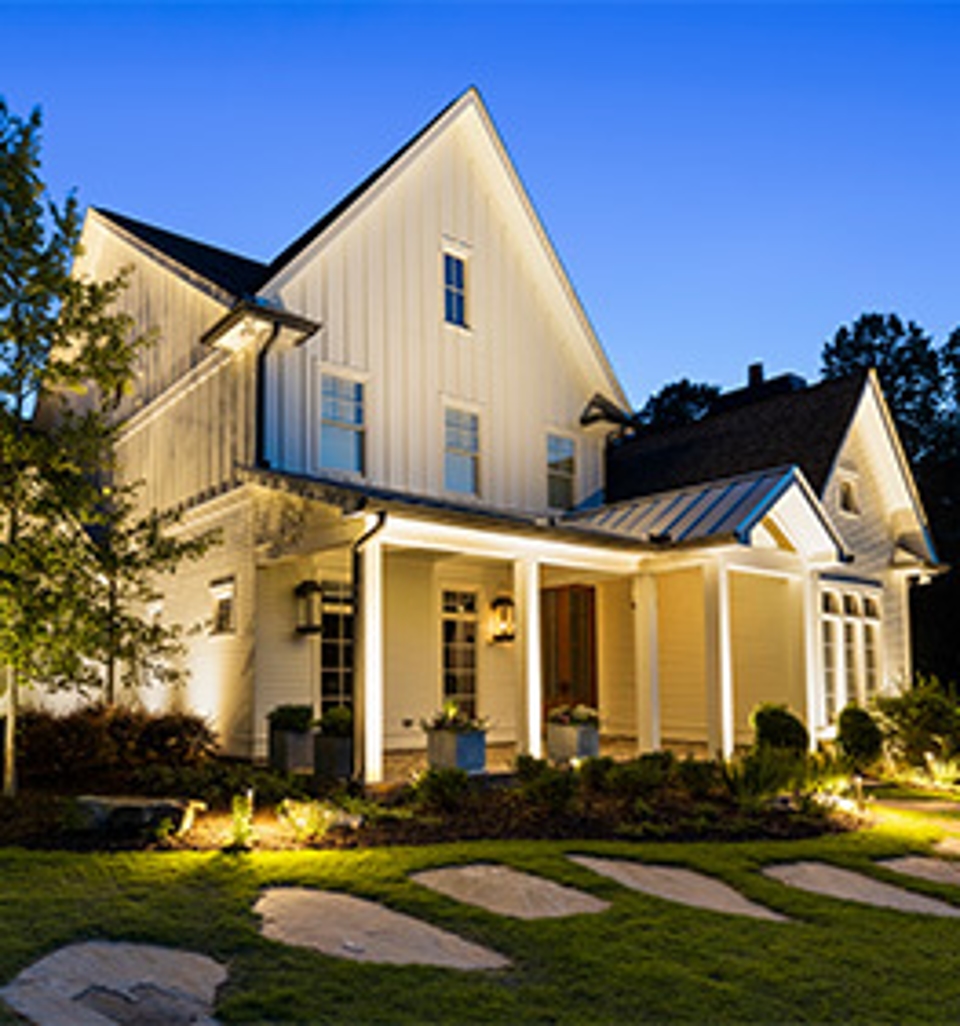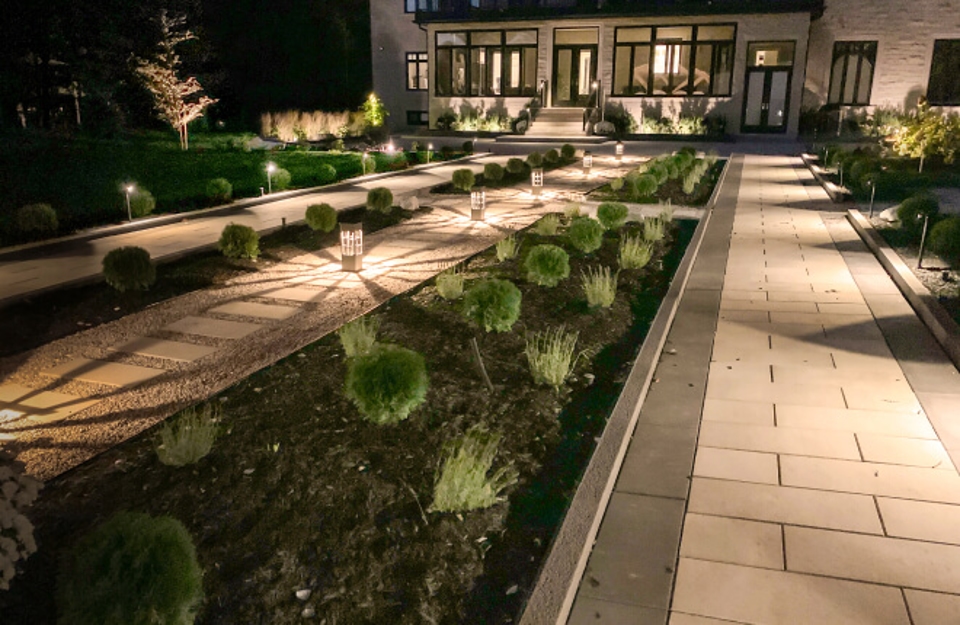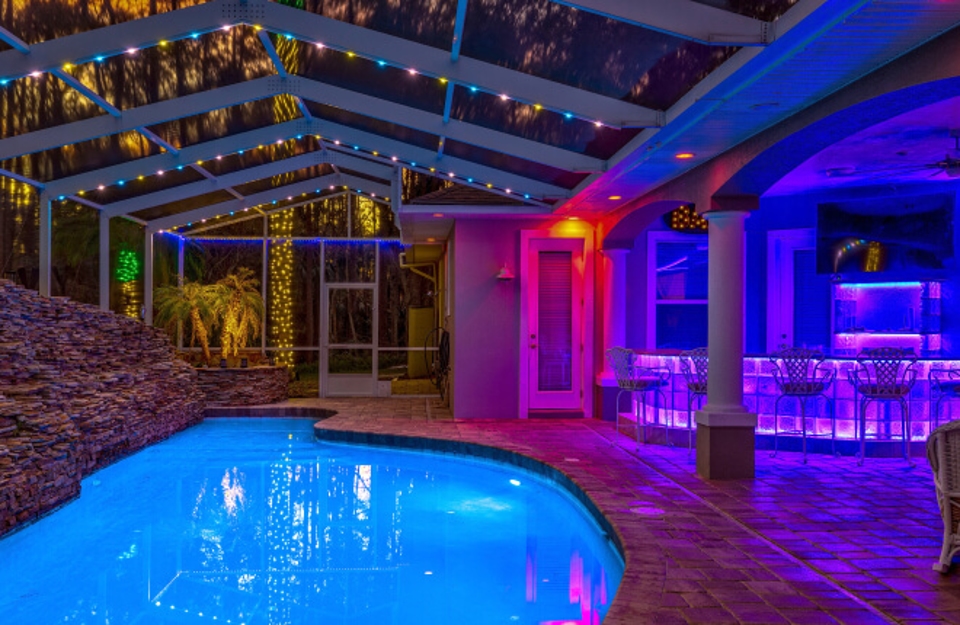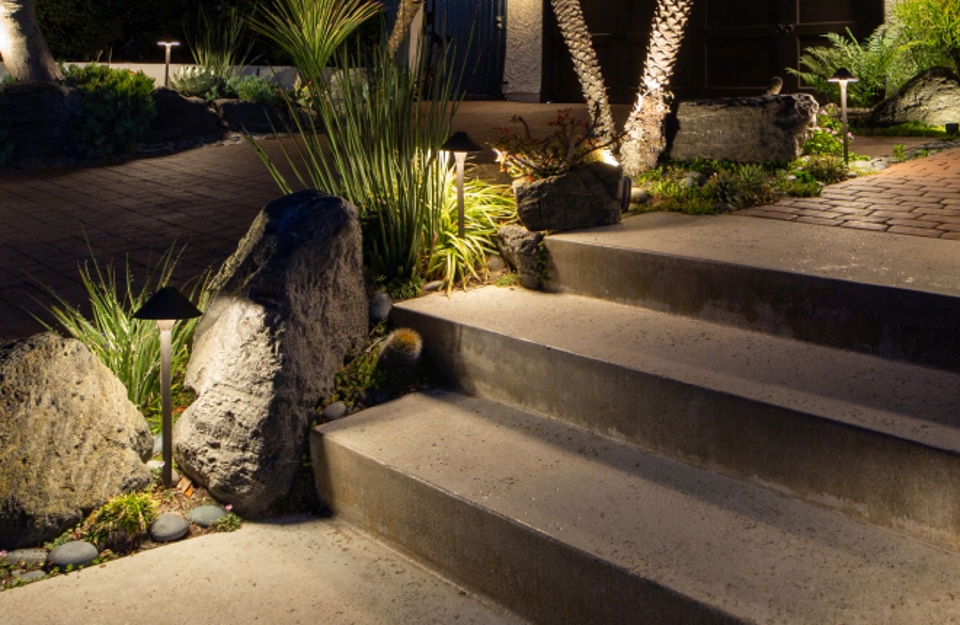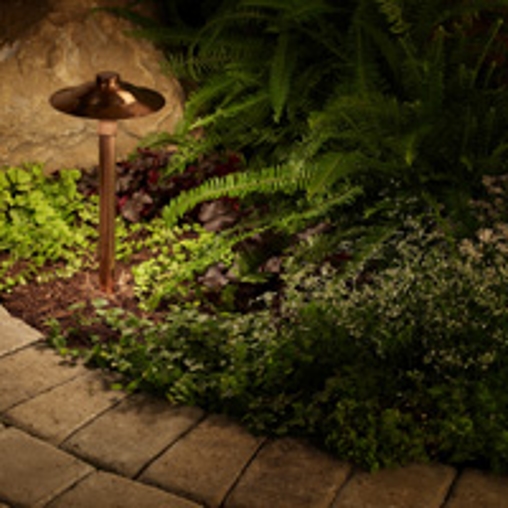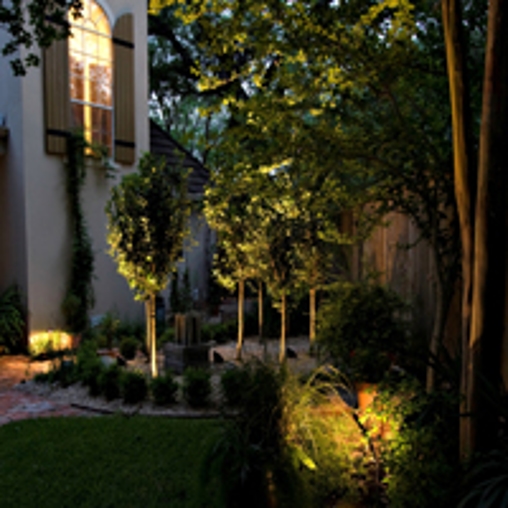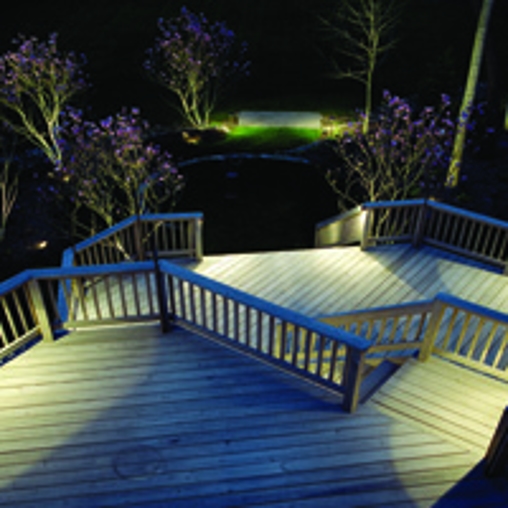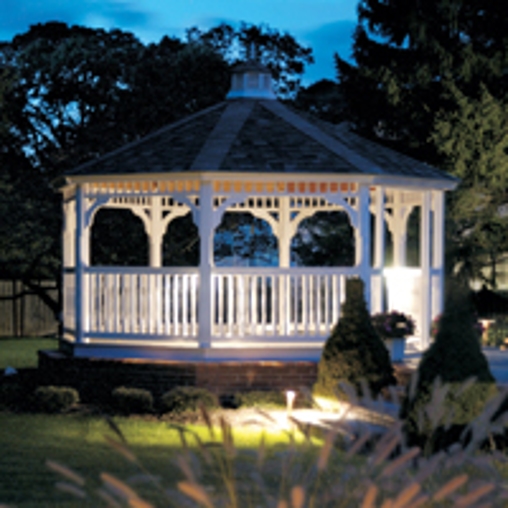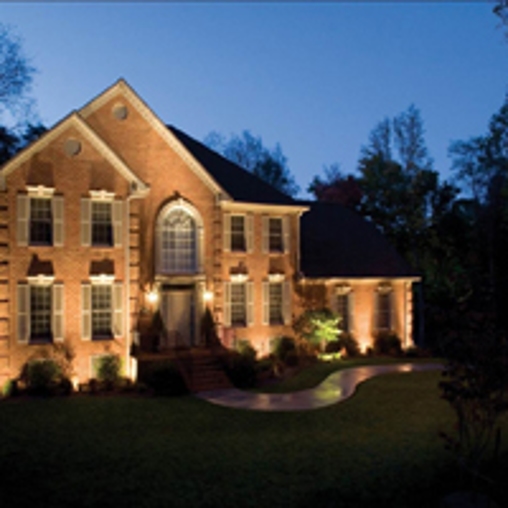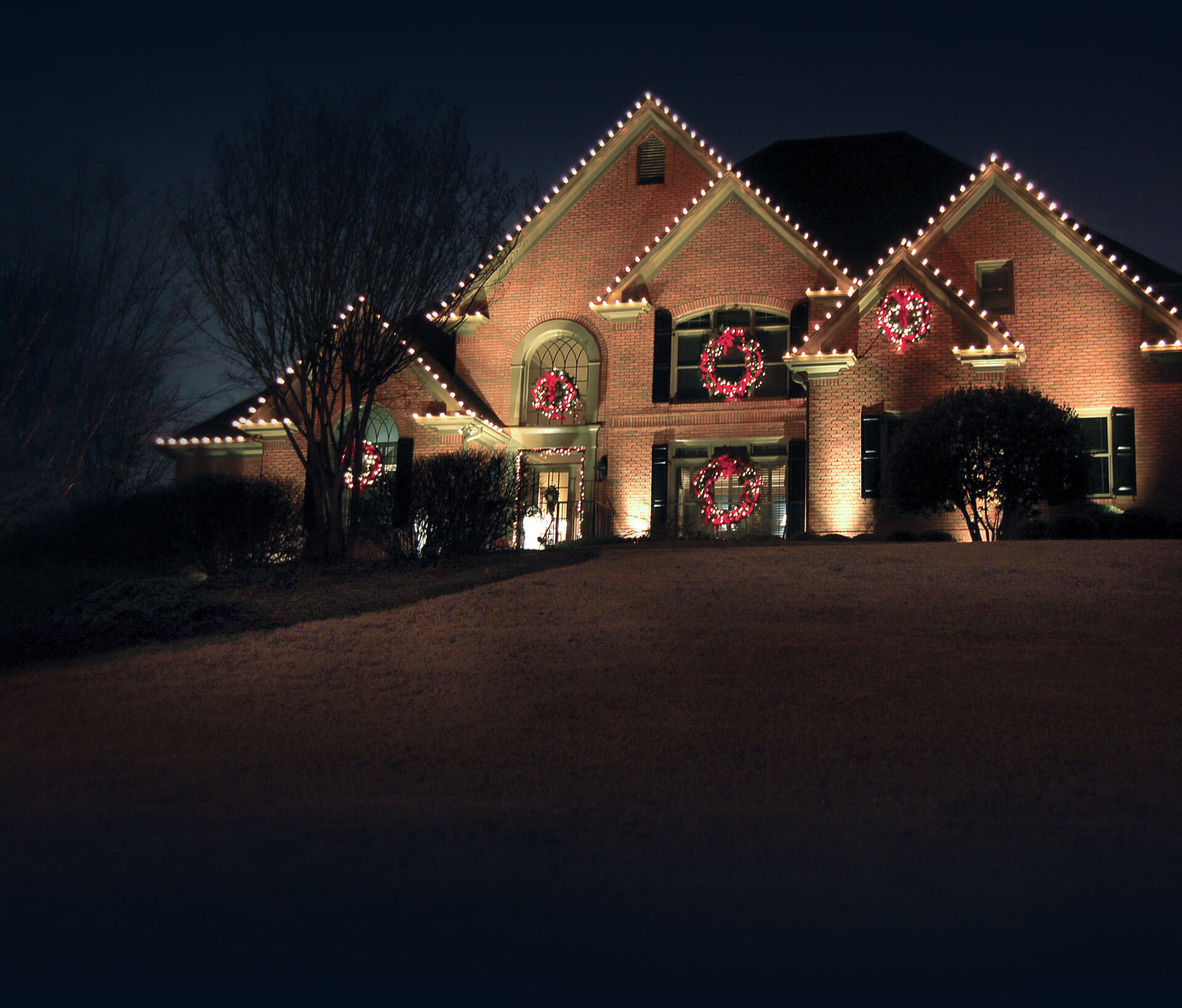
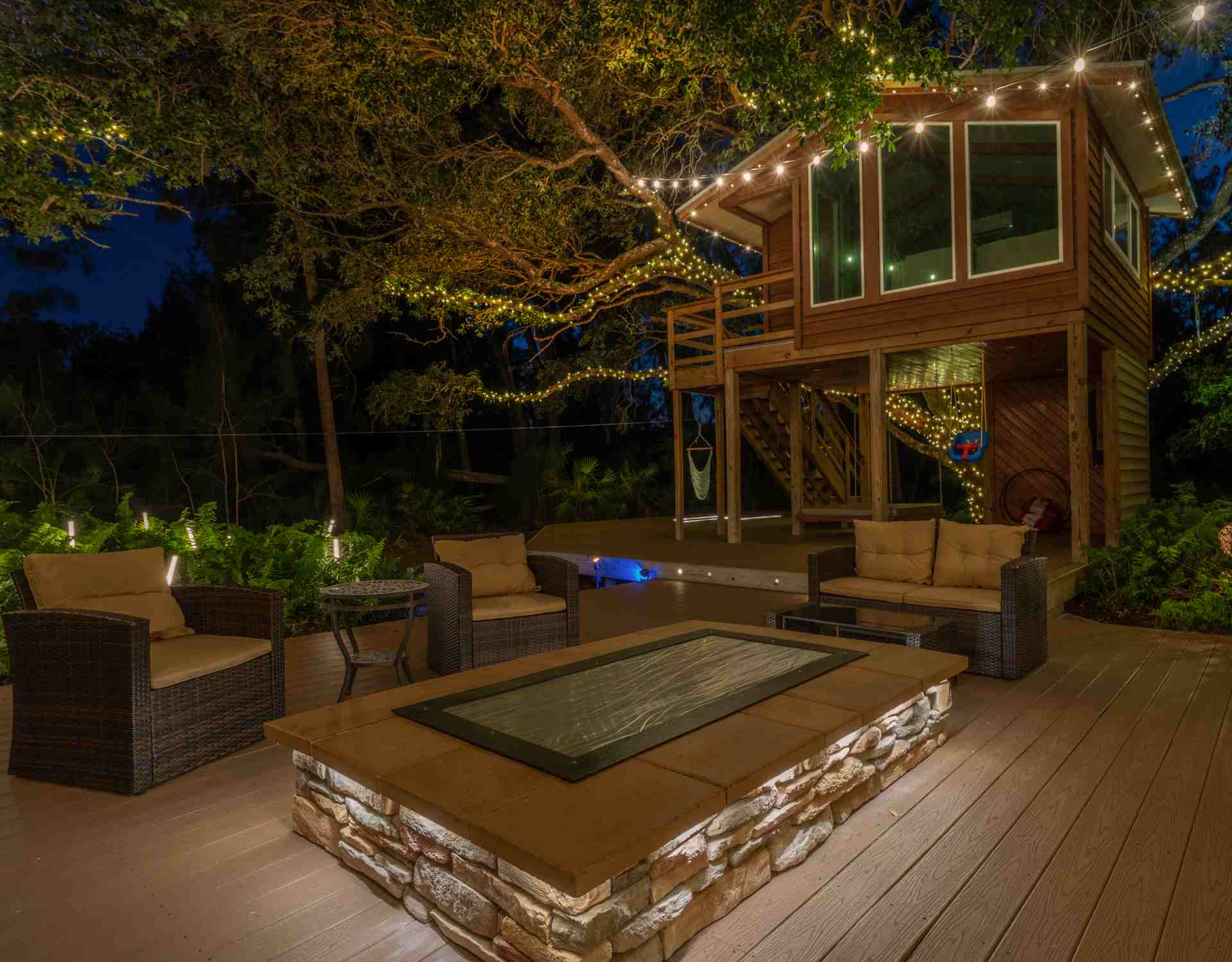
Outdoor Lighting Services in Columbus
At Outdoor Lighting Perspectives®, exterior lighting isn’t just something we do—it’s all we do. We are passionate about our services and are proud to be a leader in the industry. Backed by a national name with over 20 years of experience, our low-voltage outdoor lighting company in Columbus can make your dreams come true.
Whether you want to add some festive string lighting to the back deck or highlight your captivating landscape after the sun goes down, our expert designers will help you find the perfect design for your property.
Give us a call at (614) 877-8937 or contact us online to schedule your free Columbus outdoor lighting design consultation today!
illuminating excellence in everything we do
-
Tailored Lighting for Any PropertyExpertly designed lighting showcases your property’s best features.
-
White Glove ServiceYour satisfaction is our priority. Count on us for prompt, personalized attention.
-
Built for Beauty, Made to LastOur premium lighting solutions deliver enduring beauty and performance.
-
Here For You Now, and in the FutureAfter Install, we’ll help keep your lights shining bright with our maintenance services.

App-Controlled
Permanent Roofline Lighting
Click on the Phone App Below to View the Different Color Combinations


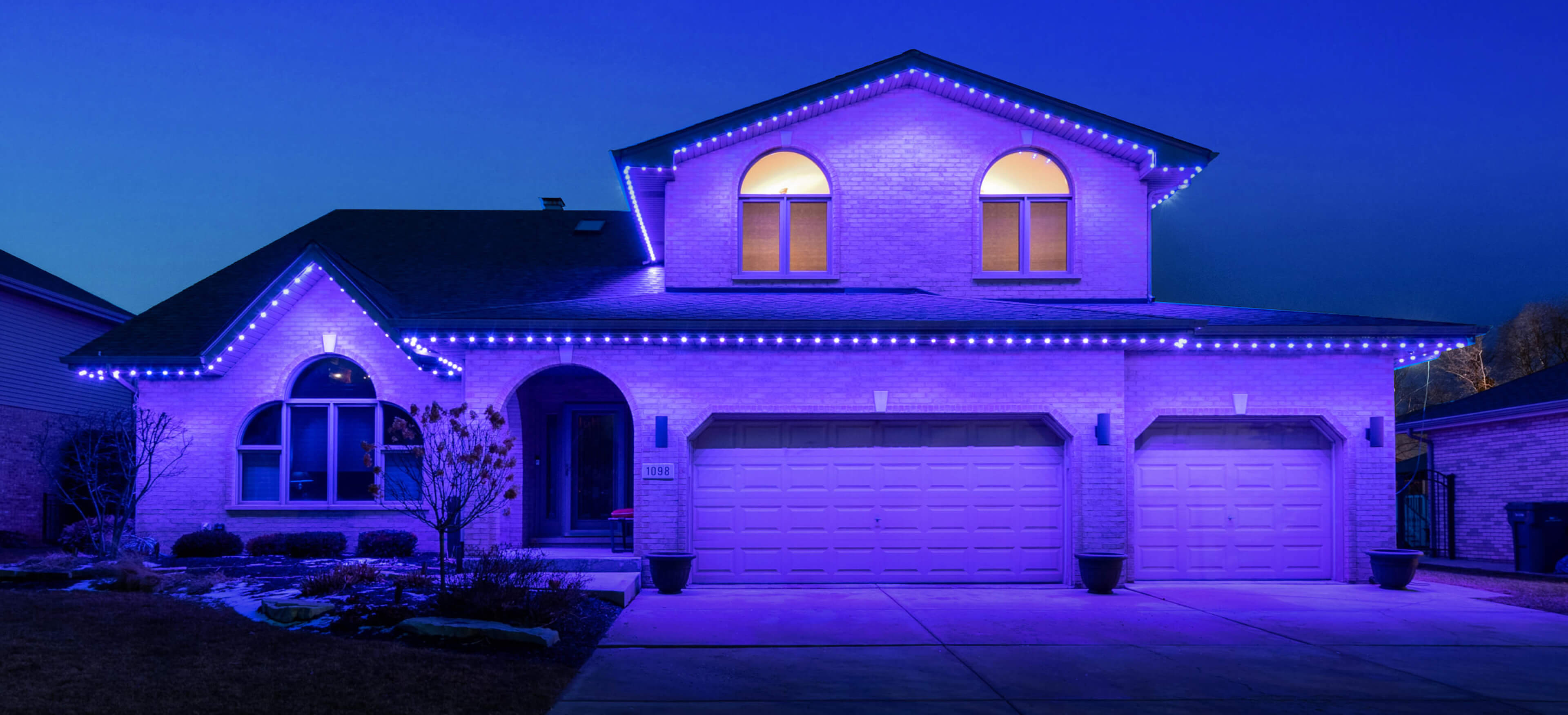
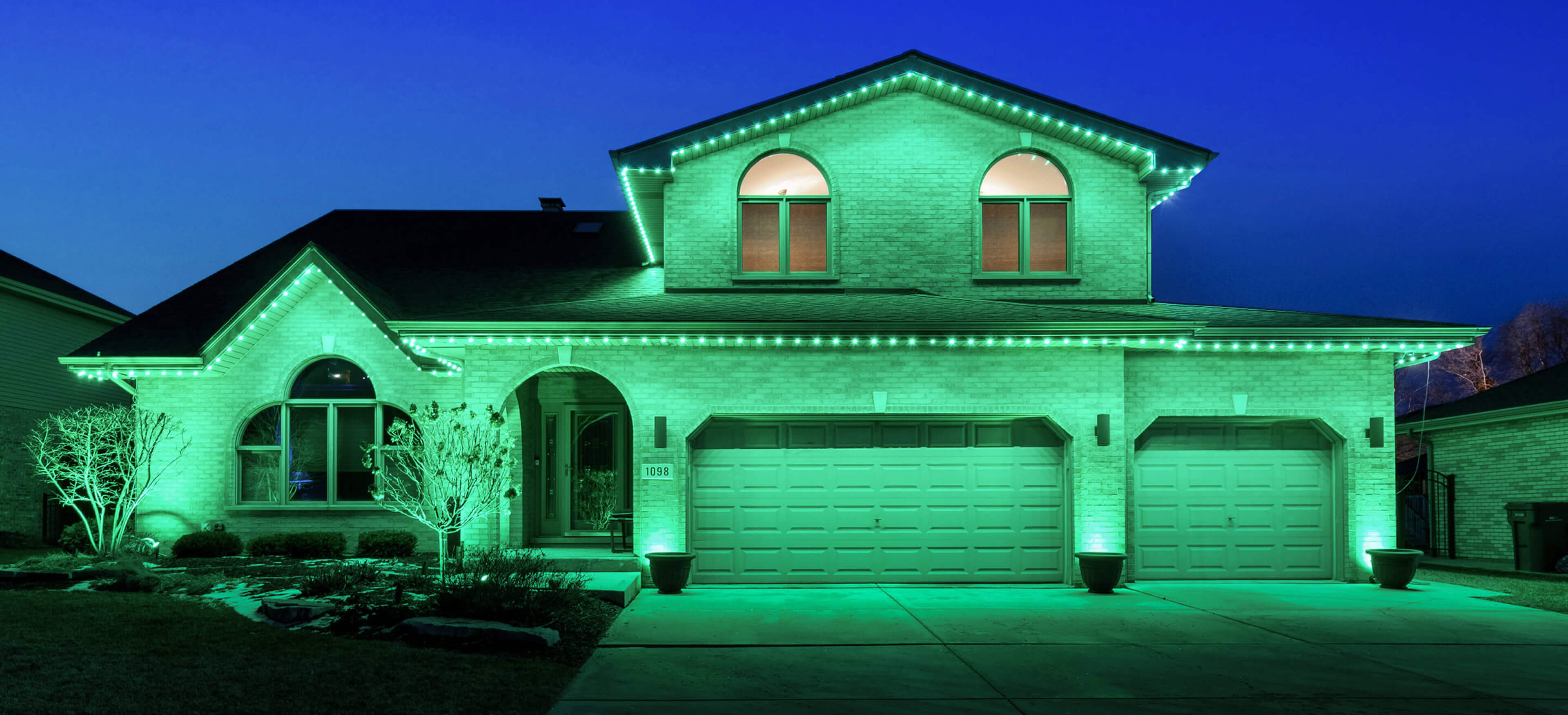
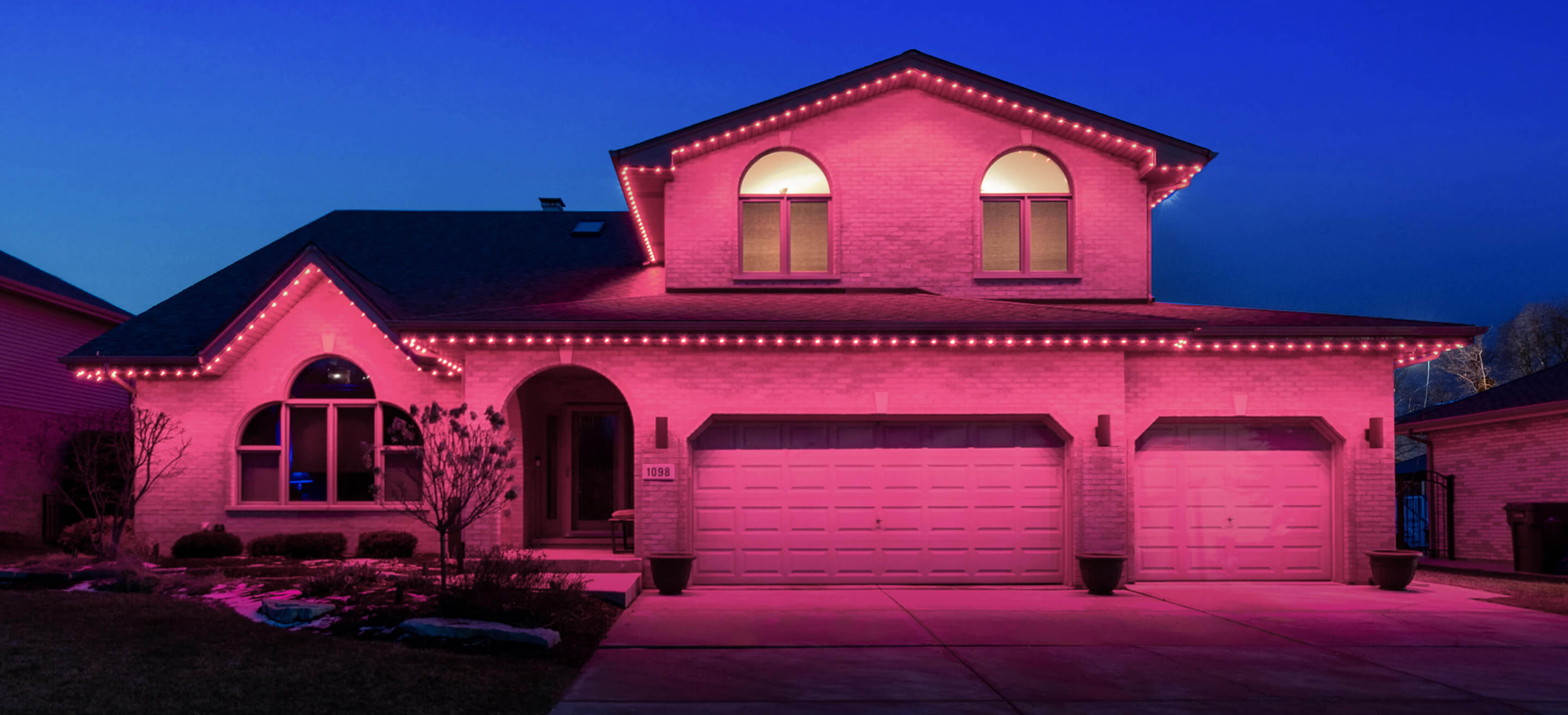
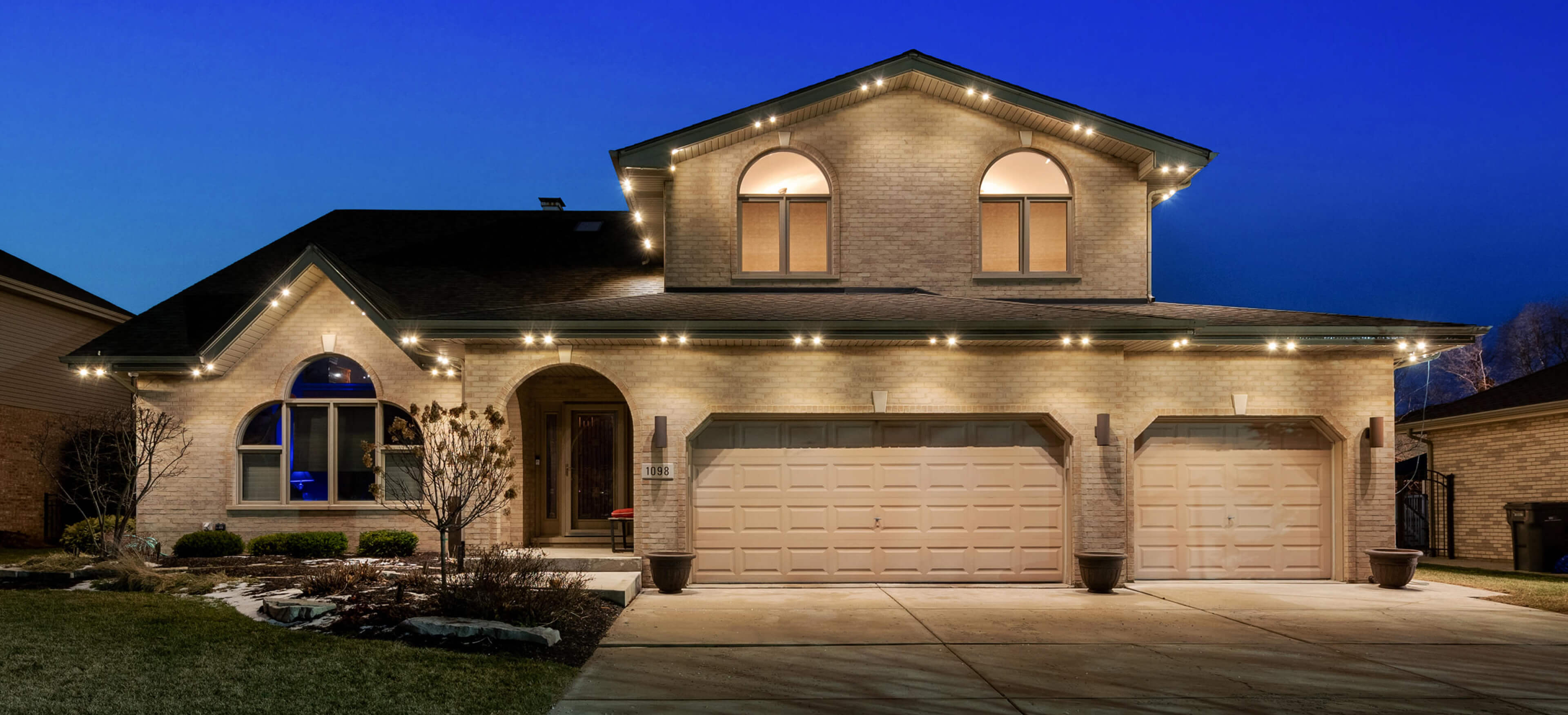

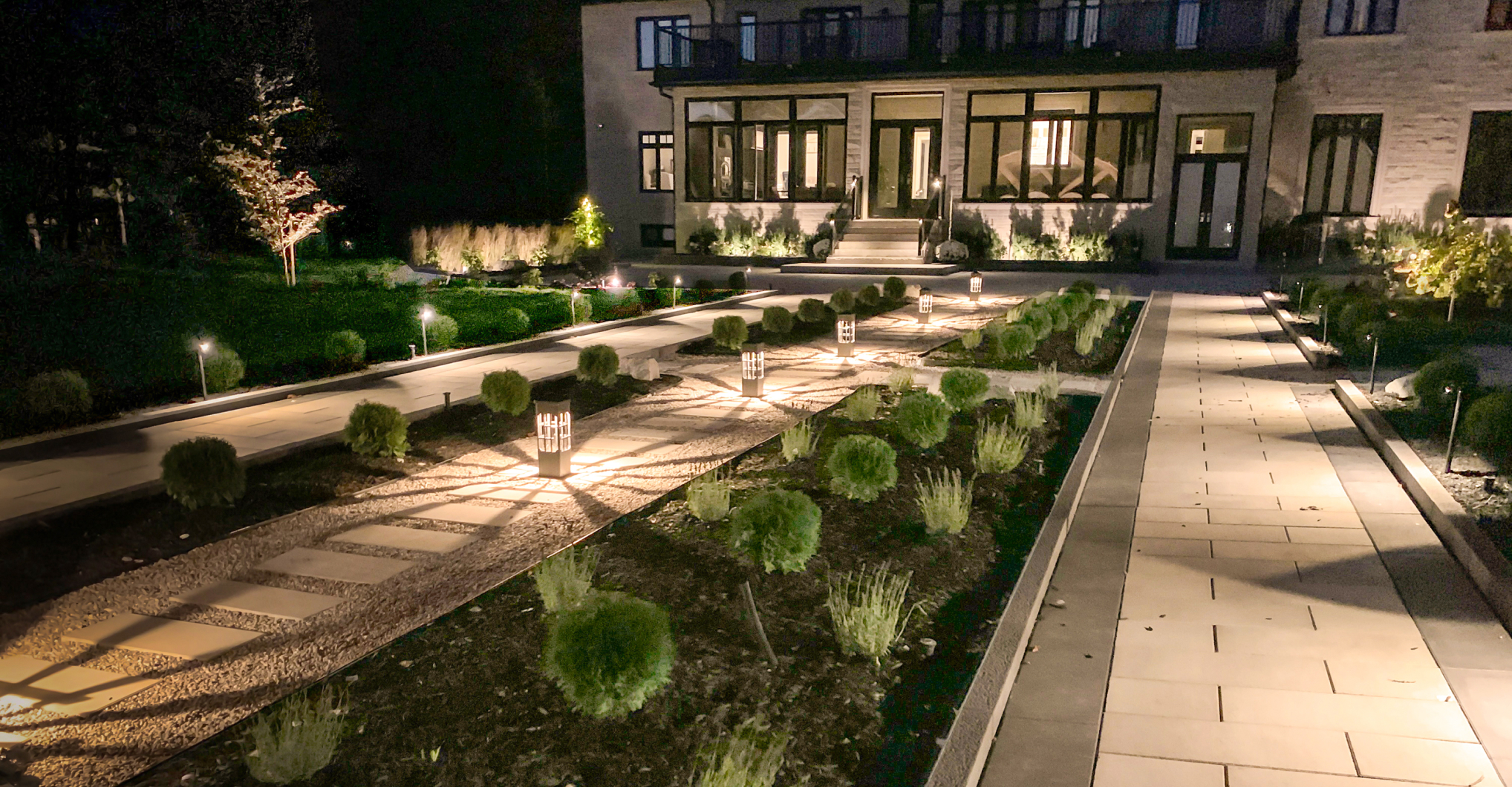
Bright Ideas with Real Results
-
Overall, we had a very good experience.- Maggie F.
-
I would definitely buy a complete outdoor lighting system from him anytime. It is very important to me that a company backs up its product with good service.- Anne P.
-
Everything went as he said it would and our new lighting is fantastic—much more aesthetic than the original.- Thomas S.
-
I already recommended the company to a friend who is also using them to install a similar outdoor lighting plan. I would highly recommend them to anyone considering this type of project.- Randall D.
-
I really enjoy working with Matt and JK. They are friendly, professional, timely, and efficient. They never try to sell you more than you need or want. The lighting on the front and back of our house truly enhances our overall look and property values.
1 /
how we bring your property to life
-
1Connect & ConsultSchedule your complimentary lighting design consultation with our local design experts.
-
2Design and EstimateOur team professionally install your lights and provides a clear estimate.
-
3Install and MaintainWe’ll set up your lights, clean up after we’re done with our Shine365 program, and provide a year of complementary maintenance.
1 /


